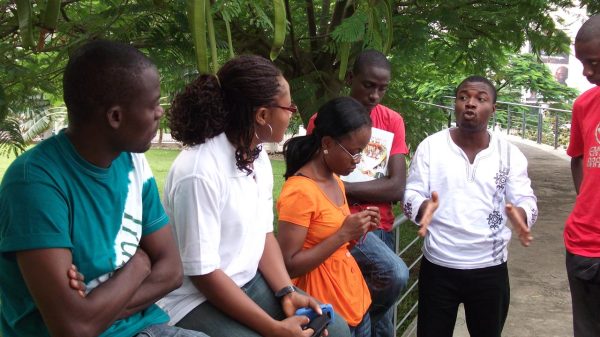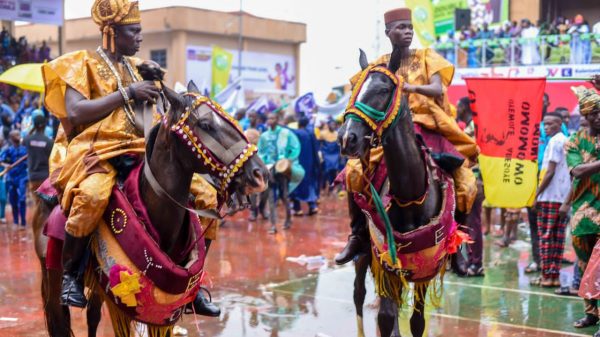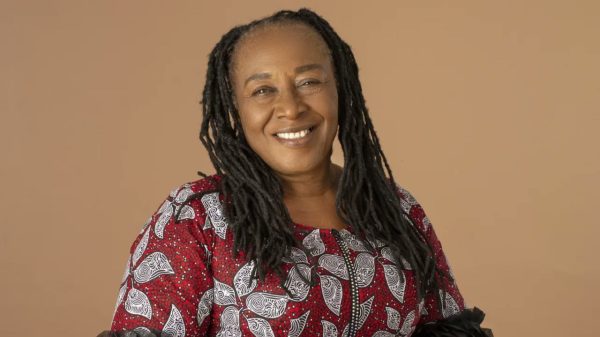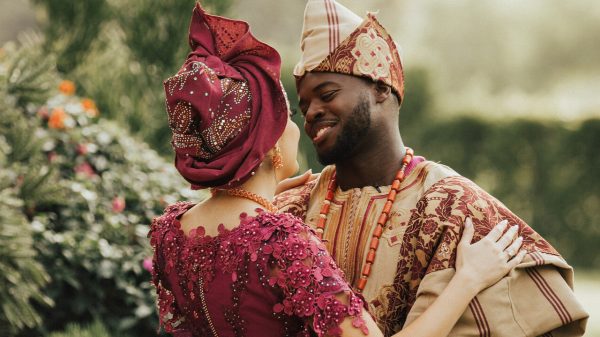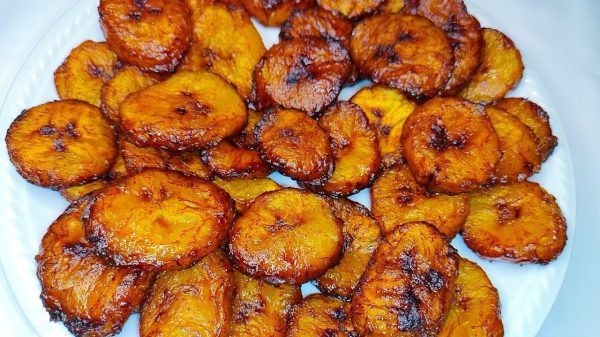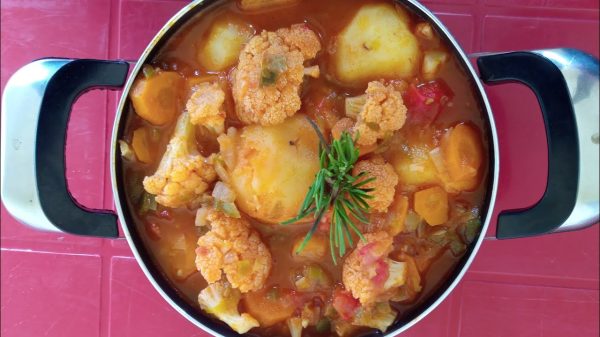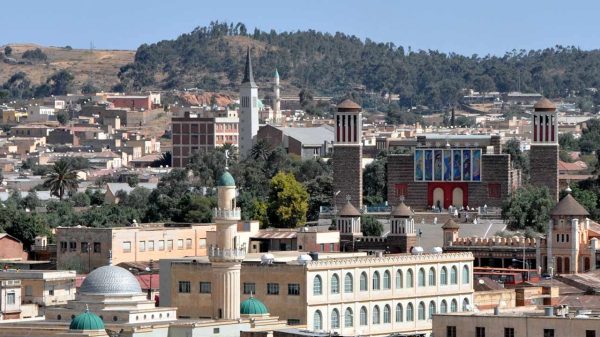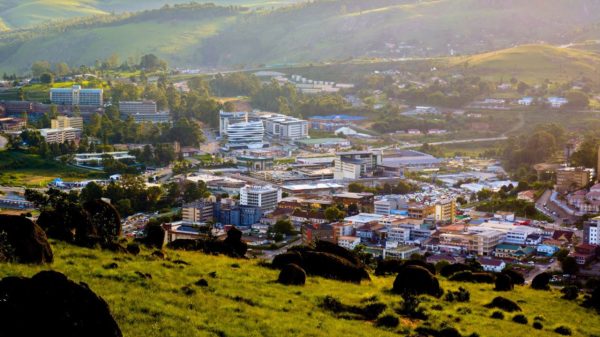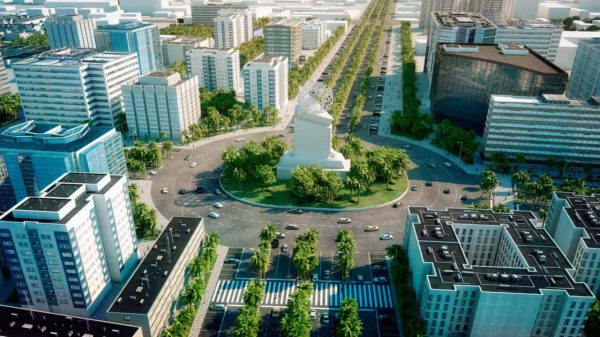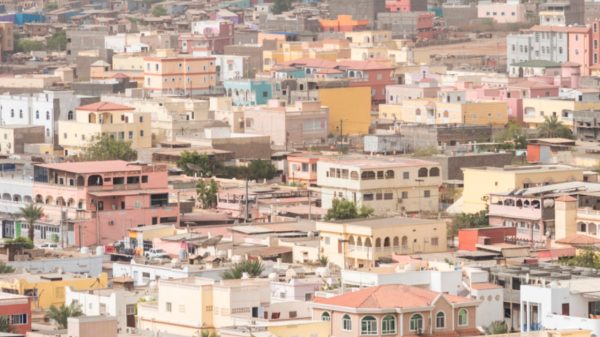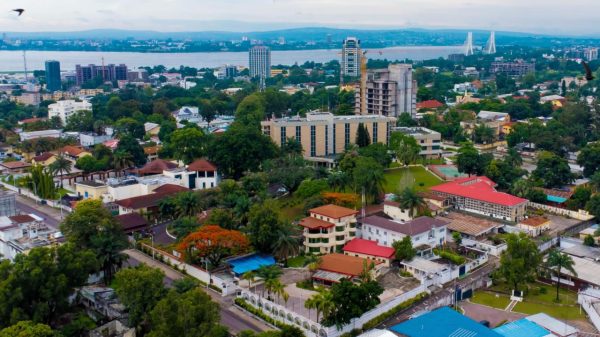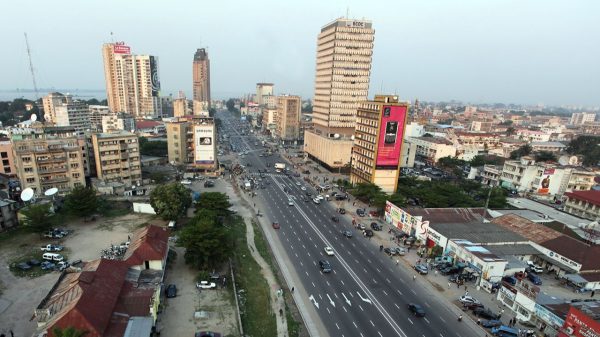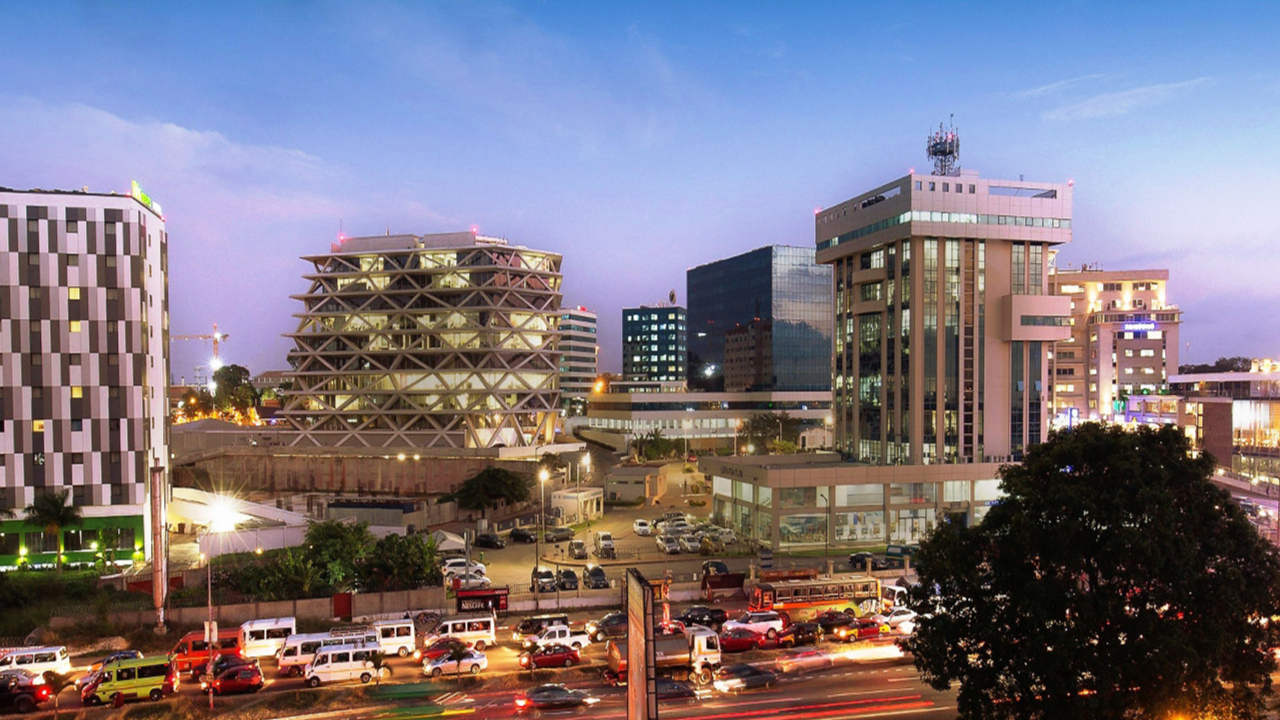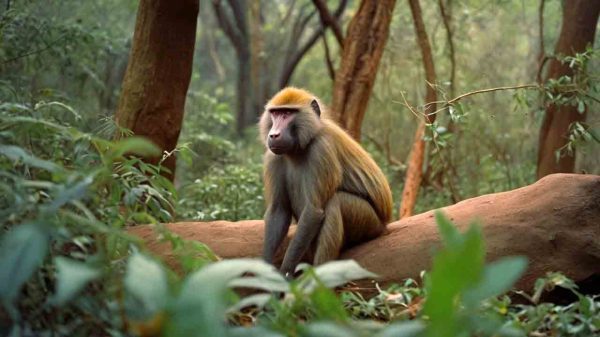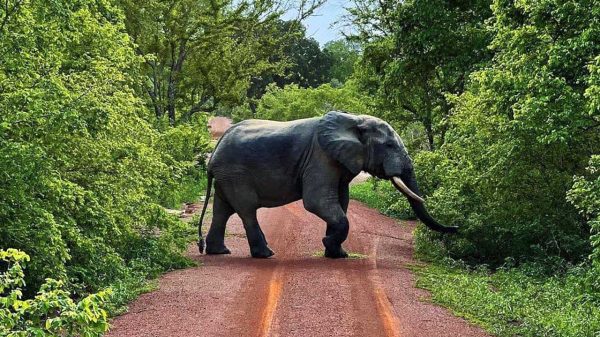Ghana, formerly the “Gold Coast”, boasts a rich tapestry of culture, history, and natural beauty.
From its vibrant festivals and traditional crafts to its pivotal role in African independence, Ghana offers a wealth of intriguing facets that captivate the curious mind. Exploring 15 such captivating facts unveils the unique essence of this West African nation.

1. The Name “Ghana” Means “Warrior King”
The name “Ghana” translates to “Warrior King” and was historically a title for rulers of the ancient Ghana Empire, also known as Wagadou, which flourished in West Africa between the 6th and 13th centuries. When the Gold Coast gained independence from British colonial rule in 1957, it adopted the name Ghana to reflect the region’s rich historical heritage and to honor the legacy of the ancient empire, symbolizing strength and leadership.
2. Black Star Significance
The black star holds profound significance in Ghana’s identity. Featured centrally on the national flag, it symbolizes African freedom and unity, reflecting Ghana’s pioneering role as the first sub-Saharan nation to gain independence in 1957. This emblem traces its roots to Marcus Garvey’s Black Star Line, a shipping company established in 1919 to connect Africa with its diaspora. In Accra, the Black Star Square, also known as Independence Square, stands as a monumental tribute to the nation’s liberation, with the Black Star Gate serving as a focal point for national celebrations and parades.
3. First Sub-Saharan Nation to Gain Independence
Ghana, formerly the Gold Coast, became the first sub-Saharan African country to gain independence from European colonial rule on March 6, 1957. Led by Kwame Nkrumah, the nation achieved sovereignty through the Convention People’s Party’s efforts. The independence ceremony in Accra drew global attention, with dignitaries like U.S. Vice President Richard Nixon attending. Ghana’s new flag, designed by Theodosia Okoh, featured red, gold, and green colors with a black star symbolizing African freedom. This milestone inspired other African nations to pursue self-determination, marking a significant step in the continent’s decolonization.
4. Rich Cultural Heritage
Ghana’s cultural heritage is a vibrant tapestry woven from diverse traditions and histories. The Akan people, for instance, are renowned for their intricate kente cloth, a symbol of unity and pride. The Asante Traditional Buildings near Kumasi, with their unique bas-relief decorations, showcase traditional Ashanti architecture. Festivals like the Kwafie, celebrated by the Dormaa, Berekum, and Nsoatre communities, honor ancestors through rituals such as the burning of large bonfires. Additionally, the Nkyinkyim Museum in Ada features thousands of clay head sculptures commemorating enslaved Africans, reflecting the nation’s commitment to remembering its past.
5. Kente Cloth
Kente cloth, a vibrant Ghanaian textile, is traditionally woven from silk and cotton. Originating from the Ashanti Region, particularly Bonwire, it’s renowned for its intricate patterns and vivid colors. Historically, kente was reserved for royalty and special ceremonies, symbolizing high status and cultural heritage. Each design carries unique meanings, often reflecting proverbs, historical events, or local flora and fauna. Today, kente has transcended its royal origins, embraced globally as a symbol of African identity and pride, while still maintaining its deep-rooted significance in Ghanaian culture.
6. Lake Volta
Lake Volta, situated entirely within Ghana, is one of the world’s largest artificial reservoirs, covering approximately 8,502 square kilometers—about 3.6% of the country’s land area. Created by the construction of the Akosombo Dam on the Volta River in 1965, the lake stretches roughly 400 kilometers in length. Its formation necessitated the relocation of around 78,000 people from 740 villages. Beyond generating hydroelectric power, Lake Volta serves as a vital waterway, enhancing transportation between Ghana’s northern and southern regions. The lake also supports fishing communities and fosters tourism, with attractions like Dodi Island drawing visitors.
7. Historic Castles
Elmina Castle, built by the Portuguese in 1482, is the oldest European edifice south of the Sahara. Originally a hub for gold and ivory trade, it later became a central point in the transatlantic slave trade, where countless Africans were held before being shipped to the Americas. Captured by the Dutch in 1637, the castle underwent expansions and served as the capital of the Dutch Gold Coast. Today, Elmina Castle stands as a UNESCO World Heritage Site, symbolizing Ghana’s rich history and the enduring legacy of the slave trade
8. Diverse Wildlife
Ghana’s diverse wildlife thrives across its varied ecosystems. The Atewa Range Forest Reserve shelters rare species like the critically endangered Conraua derooi frog and the elusive Shelley’s eagle-owl, rediscovered after nearly 150 years. Bia National Park is home to over 60 mammal species, including chimpanzees and forest elephants, and nearly 200 bird species. The Songhor Lagoon, a Ramsar site, supports endangered sea turtles and serves as a crucial stopover for migratory birds. This rich biodiversity underscores Ghana’s commitment to conservation and the protection of its natural heritage.
9. Cocoa Production
Ghana stands as the world’s second-largest cocoa producer, with cultivation primarily in regions like Ashanti, Central, and Volta. The Ghana Cocoa Board (COCOBOD) oversees the industry, ensuring quality and stable pricing. Despite challenges such as disease outbreaks and competition from illegal gold mining, cocoa farming remains vital to Ghana’s economy, providing livelihoods for over half a million farmers. Recent initiatives, including increased farmgate prices and sustainable farming practices, aim to revitalize the sector and ensure its future prosperity.
10. Adinkra Symbols
Adinkra symbols, originating from the Akan people of Ghana, are visual representations of concepts or aphorisms. Traditionally, these symbols adorned fabrics, pottery, and architectural elements, serving both decorative and communicative purposes. Each symbol encapsulates specific messages, often linked to proverbs conveying wisdom and cultural values. For instance, “Osram ne nsoromma,” depicting a half-moon and star, symbolizes love and faithfulness in marriage. Initially reserved for royalty and spiritual leaders during special occasions, Adinkra cloths have evolved, with their motifs now appearing on modern items like T-shirts and jewelry, reflecting the dynamic nature of Ghanaian cultural heritage.
11. Traditional Festivals
Ghana’s rich cultural tapestry is showcased through its diverse traditional festivals. The Adae Kese Festival, celebrated by the Ashanti people, honors ancestral spirits and marks significant milestones in the Ashanti Kingdom. In Cape Coast, the Fetu Afahye commemorates the community’s deliverance from a historic plague and offers gratitude for bountiful harvests. The Asogli Yam Festival in the Volta Region celebrates yam cultivation, symbolizing prosperity and unity. Each festival reflects the unique heritage of its people, fostering unity and preserving Ghana’s vibrant traditions.
12. Matrilineal Society
In Ghana, the Akan people practice a matrilineal system where lineage and inheritance are traced through the mother’s line. This structure significantly influences their social, political, and economic organization. For instance, lineage property is inherited by matrilineal kin, and public offices are vested within the lineage. The Asantehemaa, or queen mother, plays a pivotal role alongside the Asantehene (king) in governance, ensuring the preservation of customs and traditions. This matrilineal framework underscores the importance of women in Akan society, highlighting their central role in maintaining cultural continuity.
13. Peaceful Democracy
Ghana stands as a beacon of peaceful democracy in Africa, having successfully conducted eight consecutive elections since 1992 without significant violence. This achievement is particularly noteworthy given the turbulent electoral landscapes in other African nations, such as Kenya and Nigeria, where elections have often been marred by violence and unrest. The nation’s commitment to democratic principles has fostered political stability and economic growth, making it a model for other countries in the region. Ghana’s dedication to peaceful power transitions underscores its status as a stable and thriving democracy.
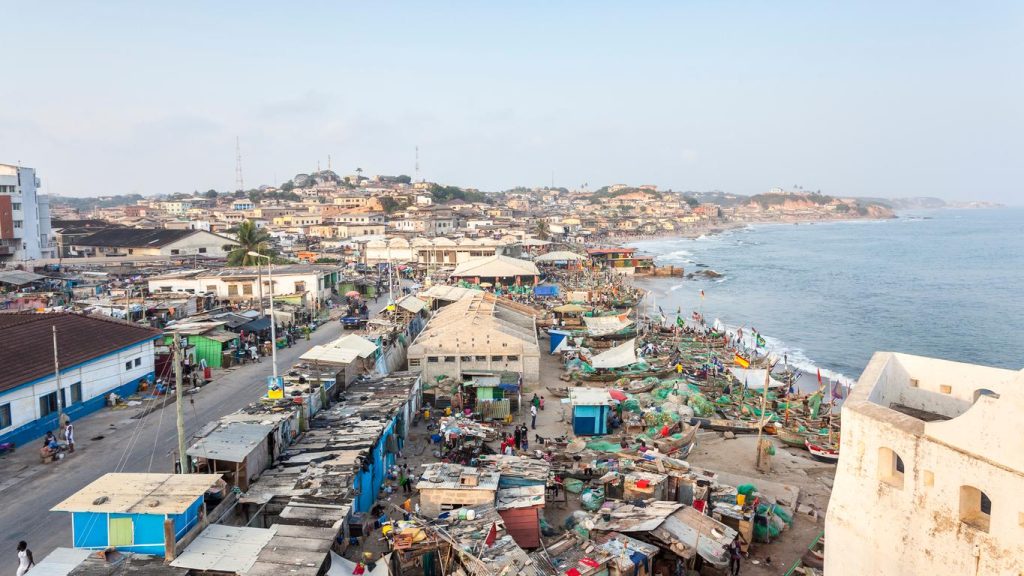
14. Literary Contributions
Ghana boasts a rich literary heritage, blending oral traditions with contemporary narratives. Pioneering playwright Efua Sutherland revitalized Ghanaian theater by integrating Indigenous storytelling into modern drama, as seen in her acclaimed work “The Marriage of Anansewa”. Poet Kofi Awoonor drew inspiration from Ewe oral traditions, crafting evocative poetry that resonated globally. Similarly, Kofi Anyidoho’s poetry harmoniously fuses traditional Ewe oral art with modern themes, exemplifying Ghana’s dynamic literary evolution. These luminaries have significantly enriched Ghana’s cultural tapestry, ensuring its stories and traditions endure.
15. Music and Dance Culture
Ghana’s rich cultural tapestry is vividly expressed through its diverse music and dance traditions. The Ewe people’s Agbadza dance, which evolved from ancient war movements, now enlivens social gatherings with dynamic rhythms. The Ga-Adangbe’s Kpanlogo dance, emerging in the 1960s, blends traditional elements with contemporary flair, reflecting the nation’s adaptability. Highlife music, originating in the early 20th century, combines indigenous melodies with Western instruments, symbolizing Ghana’s innovative spirit. These art forms, accompanied by instruments like talking drums and atenteben flutes, foster unity and cultural pride across communities.
Subscribe to our Newsletter
Stay updated with the latest trends in African Pop Culture!


